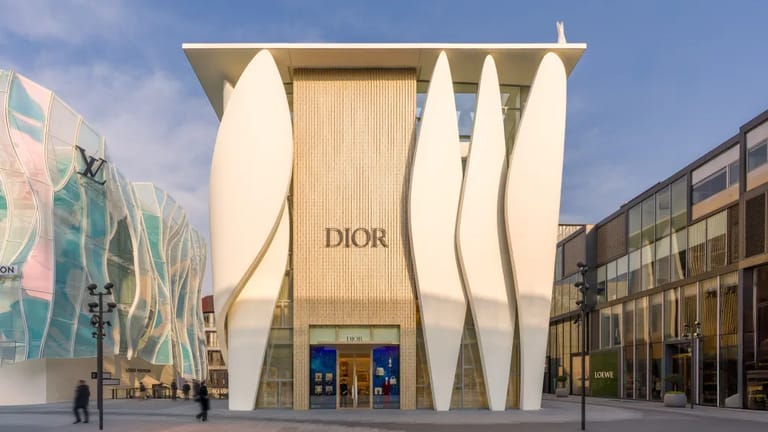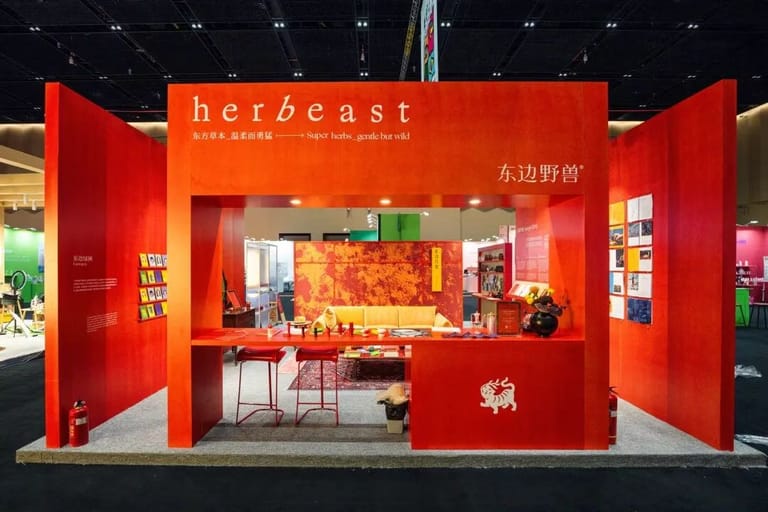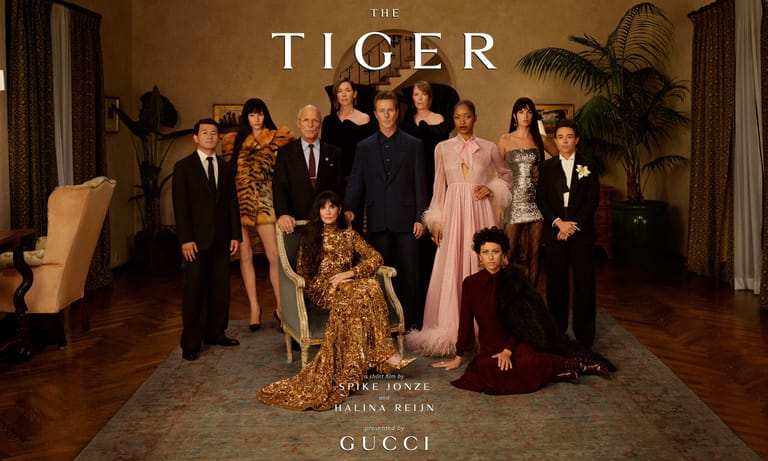Awakening the Sleeping Beauties: Fragantis and the Revival of Fragrance Heritage at CBE Shanghai
By
Huiyan Chen

Published on
June 4, 2025
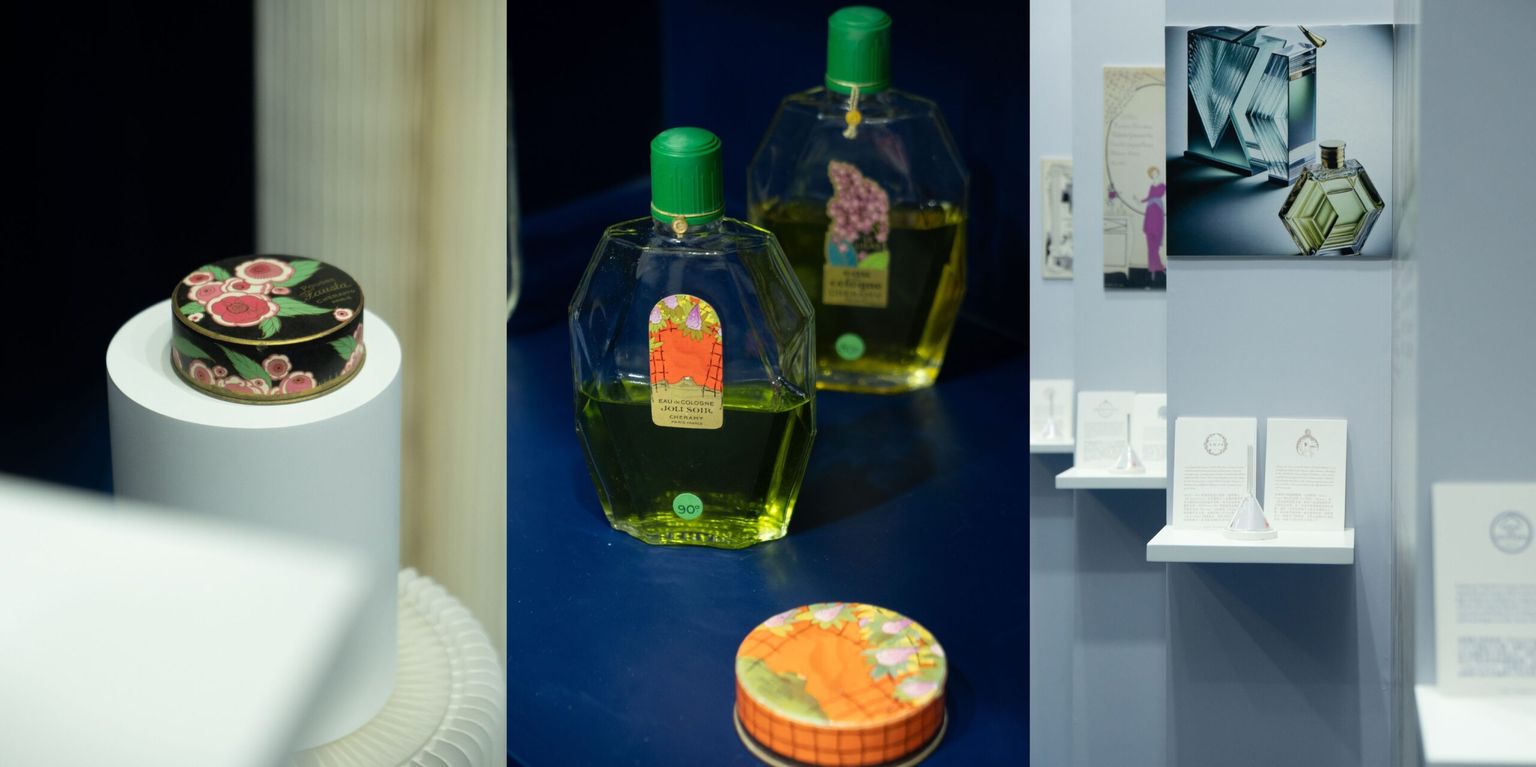
At last month’s China Beauty Expo in Shanghai, long-forgotten scents saw a revival. Hidden away in archives for decades, these heritage fragrances made a contemporary return to the market through a collaboration between Fragantis and renowned dsm-firmenich master perfumer Olivier Cresp.
Fragantis, a beauty-focused subsidiary of Luvanis, a Luxembourg-based brand holding company, unveiled a collection of new perfumes inspired by five historic French fragrance houses from its portfolio: Charles Faÿ (1781), Grenoville (1879), Arys (1916), Neige des Cévennes (1917), and Cheramy (1921). These launches represent only a fraction of Fragantis’ broader strategy: to build a portfolio of “beauty heritage” assets. This involves reviving legacy brands through the acquisition of trademarks and contemporary cultural interpretation, making them relevant and resonant for today’s consumers. Acting as both custodian and incubator, Fragantis brings these brands back to life before transitioning them to new owners or retaining a strategic stake as a long-term shareholder.
Founder of both Luvanis and Fragantis, Arnaud de Lummen is no stranger to revival. He has previously orchestrated the resurgences of brands such as Vionnet, Moynat, Paul Poiret, and Au Départ before transferring them to new stewards like Marzotto Group, Bernard Arnault of LVMH, Korea’s Shinsegae Group, and Chow Tai Fook.
To explore how these “Sleeping Beauties” are being reawakened, Jingzhi Chronicle speaks with de Lummen and seasoned luxury consultant Patrick de Lambilly to uncover insights that may inspire China’s globalizing beauty ambitions.
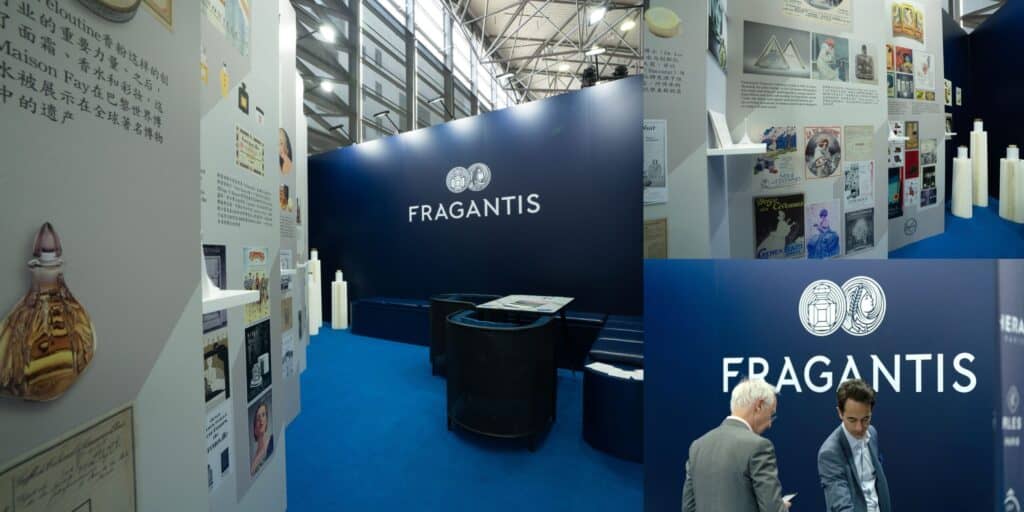
Awakening Hidden Value
“These brands share a common trait: while dormant for years, they hold incredibly rich cultural assets—historic formulas, visual archives, artistic bottles, and consumer memory,” said de Lummen. “It’s precisely these irreplicable elements that give them enduring value.”
These slumbering labels—often referred to as “Sleeping Beauty” brands—have emerged as hidden gems in today’s market. Contrary to active “Cinderella” brands, which remain active but suffer from a damaged or outdated image, Sleeping Beauty brands benefit from their long absence. Often preserving a pristine aura, intact brand narratives, recognition within cultural institutions, and a deep emotional resonance, these brands can be reawakened with the right strategy.
“Acquiring one of these brands isn’t just about securing a trademark. It’s about gaining access to an entire ecosystem of heritage assets,” said de Lambilly. “These include product designs, visual materials, client lists, advertising campaigns, and press coverage—all of which lower the cost of relaunch and enable reinvestment into innovation and market expansion.”
A brand with historical presence is inherently more trustworthy to consumers, said de Lambilly. “Heritage conveys authenticity and reliability—traits that strongly align with psychological needs in today’s luxury consumption.”
In an era dominated by emotion-driven purchases, the appeal of nostalgia is powerful. A familiar fragrance or reissued lipstick can serve as an instant emotional anchor between brand and consumer.
“Nostalgia is a strong and positive emotion—it stirs memories of better times,” said de Lambilly. “It resonates globally and has long been a force in literature, cinema, and brand storytelling.”
Identifying Brands that Matter
But not every dormant brand is worth reviving. Selecting the right investment target is a critical part of the process.
The first prerequisite is a clear legal title to intellectual property in key jurisdictions. “You need to ensure the brand can operate freely across markets without legal entanglements,” de Lummen emphasized.

Beyond that, he noted, “A brand must have had deep cultural or commercial relevance in its time. One past hero product alone can’t sustain a modern narrative.”
For Grenoville, established in 1879, de Lummen cited a 1925 photo at the Paris Exposition Universelle as a compelling example. “Grenoville received an award at that expo—its booth was right next to Guerlain.” Similarly, Arys once held royal warrants, won multiple prizes, and frequently made headlines for its bottle designs created in collaboration with renowned glassmakers like Lalique and Baccarat.
Balancing Heritage with Innovation
Despite the allure of these legacy brands, their revival is far from a formulaic capital play. The real challenge lies in striking a balance between preserving brand DNA and building relevance with new audiences.
“Simply replicating old products won’t capture today’s consumers, but rushing to modernize risks erasing what made the brand unique,” said de Lummen. “We’re not resurrecting the past; we’re continuing its story in a modern voice.”
For instance, in reimagining Neige des Cévennes’ iconic perfume Under the Snow, French Master Perfumer Cresp chose citrus and white floral notes to evoke the fresh chill of snowfall. Charles Faÿ’s Poudre, meanwhile, honors the brand’s origins in powdered fragrance with a focus on powdery accords. “The key is understanding what made these formulas emotionally resonant in their time, then translating that feeling into today’s language,” he said.
“You might go 50 percent vintage, 50 percent modern—or 80/20, depending on the brand,” he added. “In our opinion, Charles Faÿ leans more vintage, while Neige des Cévennes or Arys lend themselves to contemporary adaptation. The balance should always serve the current market.”
Narrative is equally critical. Tapping into a brand’s historic imagery, original advertisements, and cultural footprints allows for deeper emotional and cultural engagement. Social media, celebrity partnerships, and emerging distribution formats are all effective tools for re-dissemination—as long as the narrative is exceptionally executed.
One notable success story: the 19th-century perfume house Officine Universelle Buly 1803, revived in 2013 and acquired by LVMH in 2021. While retaining its signature vintage-meets-modern aesthetic, LVMH expanded its appeal through playful product launches, such as scented pencils that bring fragrance into daily life.
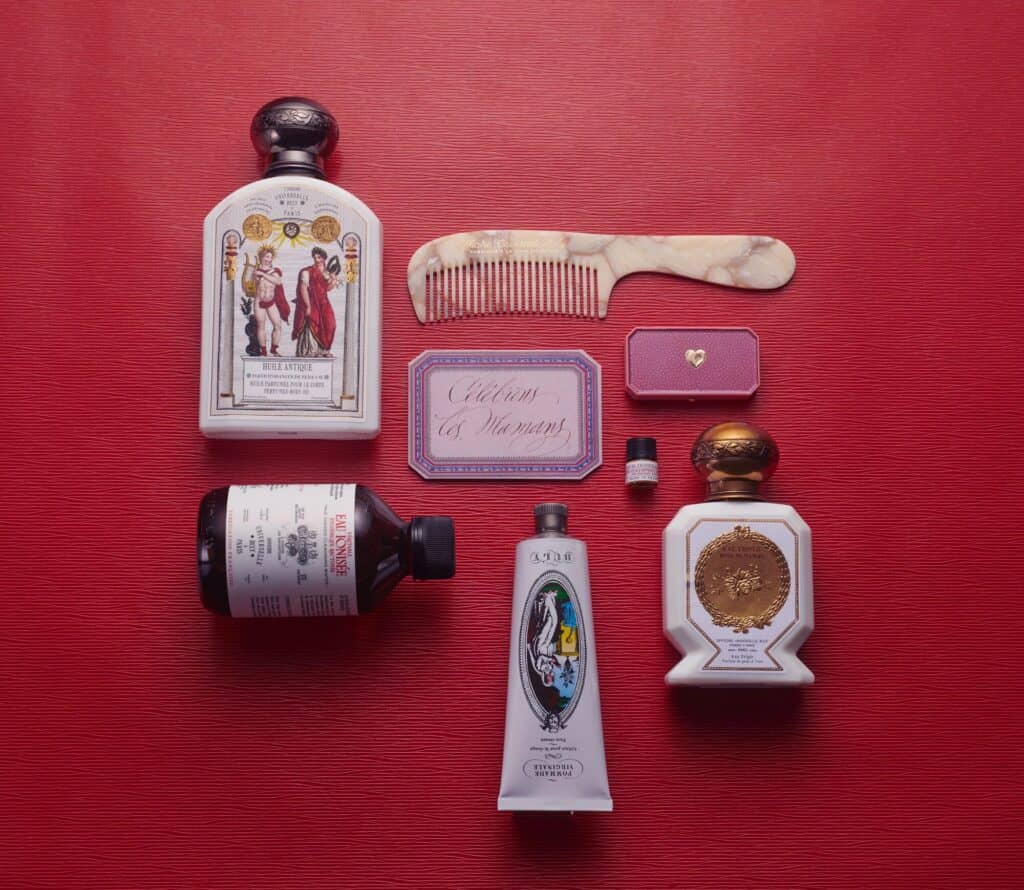
“Many brands also succeed in reigniting interest by collaborating with historians or celebrities,” said de Lambilly. “This lends modern credibility and emotional depth to their relaunches.”
Strategic Playbook for China’s Global Push
In a luxury market defined more by emotion and cultural identity, these “Sleeping Beauties” offer a model of brand equity that can be rediscovered and reinterpreted, becoming a more valuable and enduring strategic asset on the global stage.

But what does this all mean for Chinese businesses?
For one, the ambition to revitalize dormant brands could not have come at a more opportune moment. Chinese luxury consumers of today seek more than material consumption. They want authenticity and localized narratives in brand storytelling rooted in history and culture. Businesses looking to acquire or rejuvenate sleeping brands stand to gain immensely by following the principles of jingzhi (精致).
Furthermore, for businesses facing slowed domestic growth and heightened local competition, the trend is compelling. With outbound expansion now a top priority, acquiring underutilized international brands may prove more cost-effective and operationally efficient than building new ones from scratch.
Such acquisitions not only grant immediate access to mature markets but also provide established brand names, protected trademarks, ready-to-deploy storytelling, a rich archive of past creations for inspiration, and enduring brand equity, dramatically reducing the time and cost of consumer education.
However, brand revival is not just market expansion in disguise. It demands long-term stewardship and strategic clarity. Success hinges on clearly defined positioning, an innovative product strategy, and the ability to reconcile a brand’s legacy with modern relevance.
Reviving a Sleeping Beauty is no easy task. But for those willing to invest in cultural depth and sustainable value, it may just be the key to building lasting global influence.


